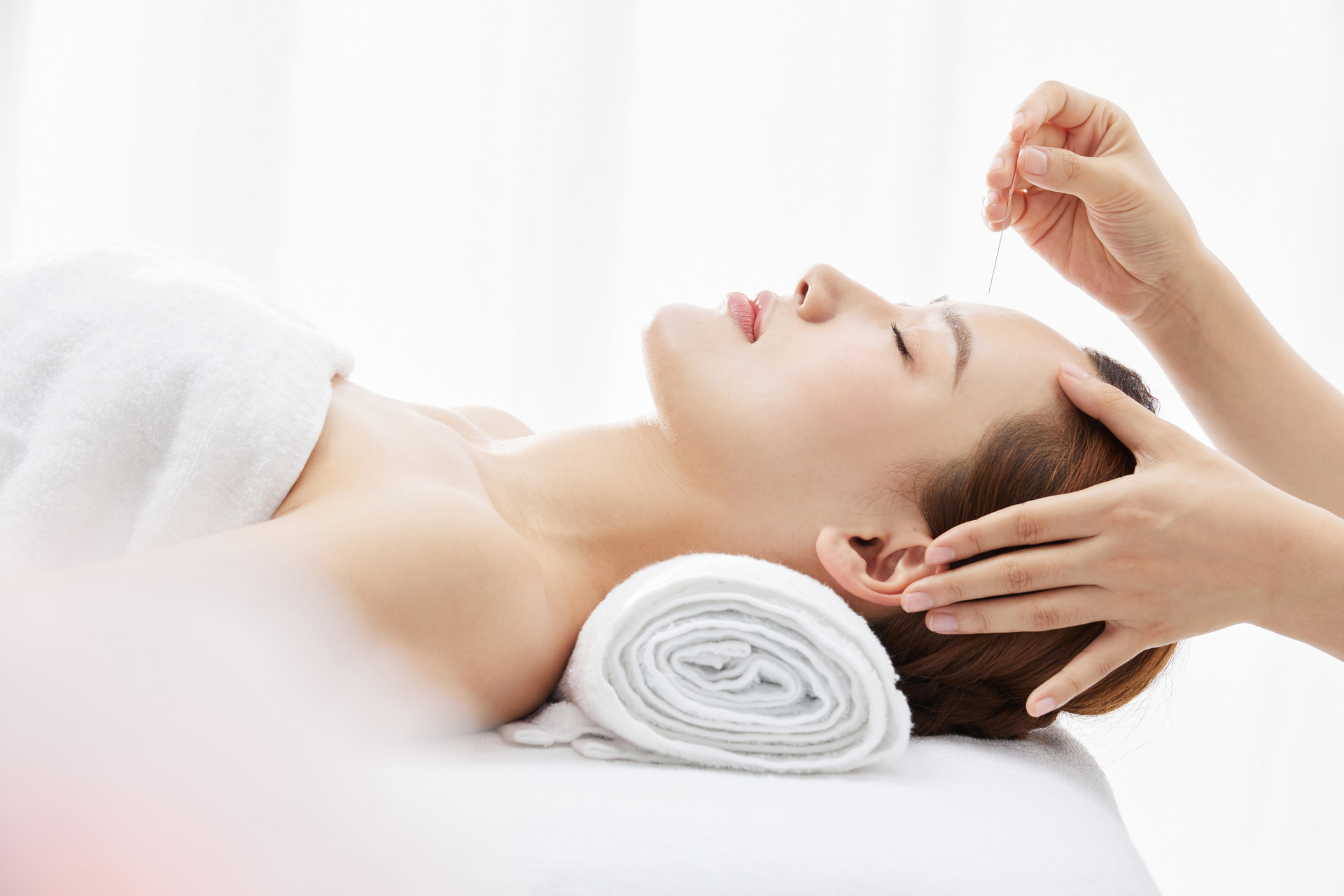Qi and blood deficiency is a common problem for many women. In addition to internal factors, such as the body's own condition, the main cause of Qi and blood deficiency is unhealthy lifestyle habits. When the body lacks Qi and blood, it can directly or indirectly lead to various diseases. Therefore, Traditional Chinese Medicine recommends using moxibustion to regulate Qi and blood deficiency.
【Causes of Qi and Blood Deficiency】
1. Irregular Sleeping Patterns
Modern women face the dual pressures of family and work, leading to excessive fatigue and irregular sleeping patterns. Poor quality sleep prevents the body from recovering properly, resulting in Qi and blood deficiency over time.
2. Reduced Physical Activity
Prevention and treatment of most diseases require appropriate and regular exercise. Exercise effectively enhances bodily functions and keeps the body in a healthy state.
However, modern women often neglect physical activity due to their busy lifestyles, resulting in reduced exercise. With reduced physical activity, blood circulation is hindered, leading to blockage in the generation of Qi and blood, ultimately causing Qi and blood deficiency in women.
3. Inadequate Energy Supply
The occurrence of various diseases not only depletes the body's energy, but also constantly consumes blood and Qi.
If diseases are not treated in a timely manner, combined with improper diet and unbalanced nutrition, it can lead to inadequate energy supply and symptoms of Qi and blood deficiency.
【Moxibustion Methods to Supplement Qi and Blood】
1. Suspended Moxibustion
Hold the moxa stick with one hand, with the base of the palm supporting the stick to keep it stable. Use the index and middle fingers of the other hand to press on the area to be moxibusted, to prevent burning the patient.
Move the moxa stick up and down above the moxibustion area. The distance of moxibustion should be at a level where the patient feels a slight warmth. Depending on the individual's constitution, the distance can vary between 2-10 centimeters.
2. Garlic Moxibustion
Slice garlic into thin slices about 0.5 centimeters thick, make a small hole in the middle, and place it on the acupoint. Use a moxa stick to perform moxibustion.
3. Ginger Moxibustion
Slice fresh ginger into thin slices about 0.5 centimeters thick, make several small holes in the center with a needle, place a moxa stick on top, and perform moxibustion on the acupoint. When feeling a burning sensation, slightly lift the ginger slice away from the skin for a moment, then immediately place it back and continue moxibustion. Repeat until the local skin appears slightly red.
【Acupoints for Moxibustion to Supplement Qi and Blood】
1. Guan Yuan Point
The Guan Yuan point is located three inches below the navel. In ancient times, it was believed to be the place where men store essence and women store blood. Regular moxibustion on this point can nourish the essence and kidney Qi, regulating Qi and blood.
2. Shen Shu Point
The kidneys are the foundation of our innate vitality. When the kidney Yang is sufficient, our organs, limbs, muscles, bones, and spirits receive warmth, and our blood vessels flow smoothly. Moxibustion on the Shen Shu point can harmonize blood circulation, strengthen kidney function, and enhance the body's vitality.
3. Xue Hai Point
Hold your knees with the palms of your hands (right palm on the left knee, left palm on the right knee), fingers facing upward, and the point below the thumb is the Xue Hai point. The Xue Hai point is an important acupoint for treating blood disorders, with the function of promoting blood circulation, nourishing and replenishing blood, and guiding blood back to the meridians.
4. San Yin Jiao Point
San Yin Jiao is the preferred acupoint for regulating gynecological problems. Daily moxibustion on the San Yin Jiao point for 10-20 minutes, until the skin becomes slightly red, can help tonify the spleen and blood, regulate the liver and kidney, and treat various gynecological disorders such as anemia, menstrual pain, premenstrual irritability, and infertility caused by excessive vaginal discharge.












